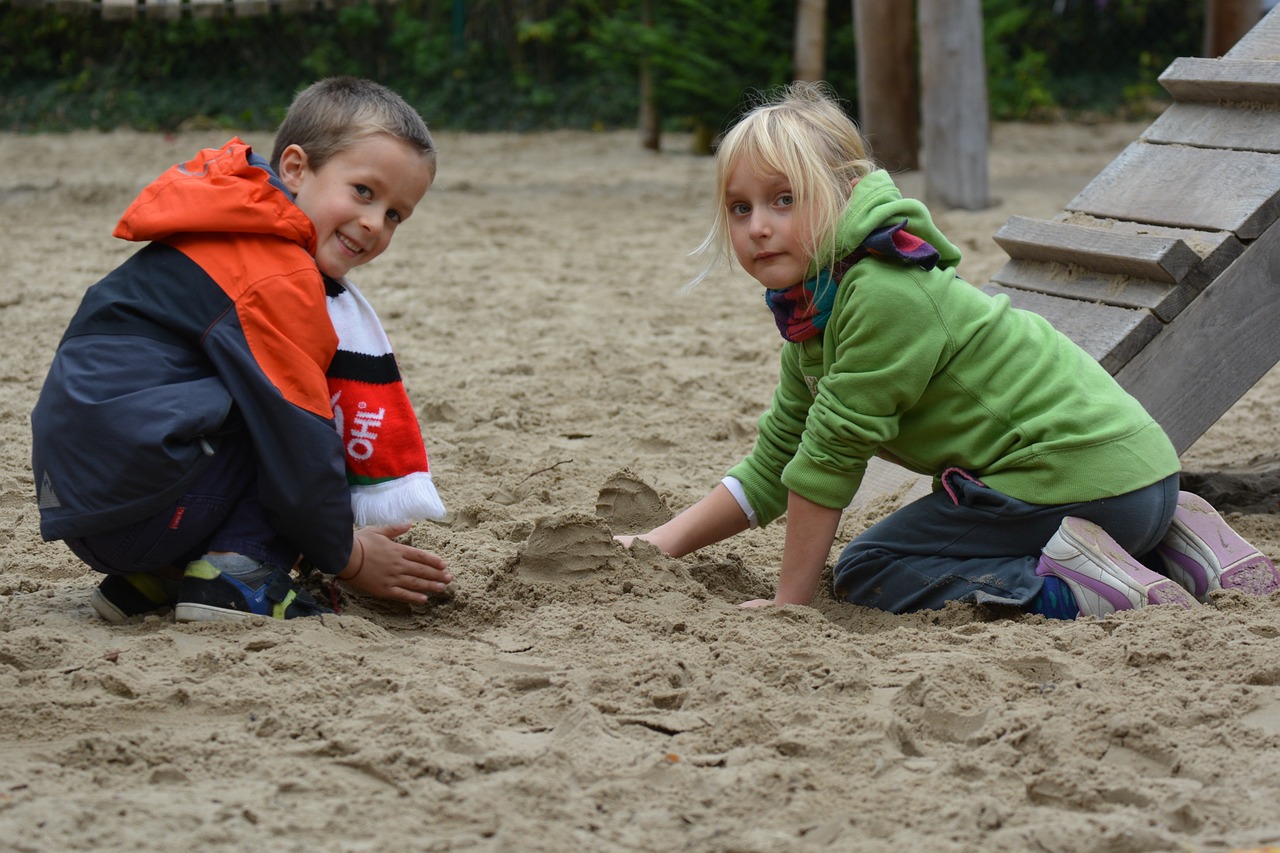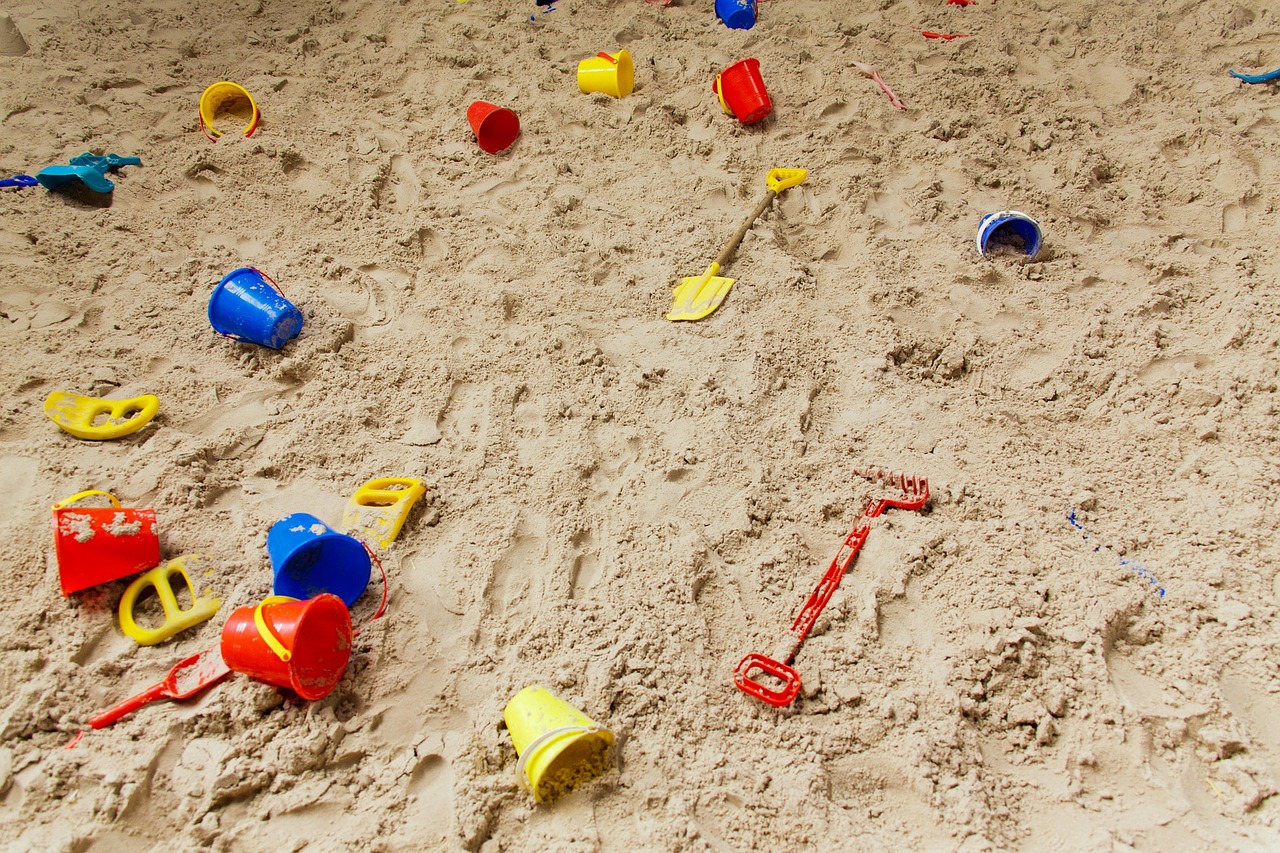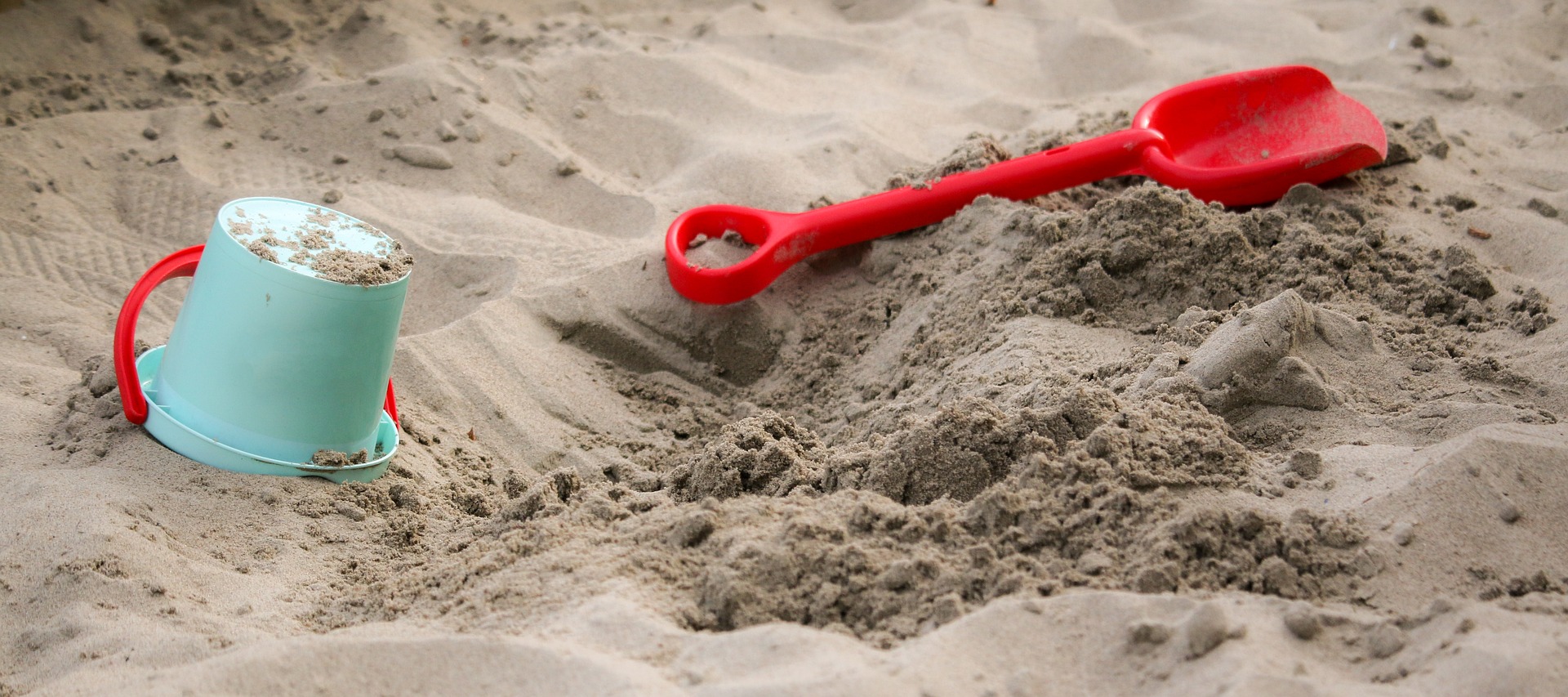Did you love playing in sandboxes or on the beach when you were a child? If you did, you’ll know that playing with sand has a uniquely soothing, therapeutic power, but you might not know that “sand play” is actually a recognized form of expressive therapy that is widely used for both adults and children.
At the National Centre for the Social Adaptation of Children (NCSAC), Uzbekistan’s leading non-profit institution dedicated to serving children with disabilities, sand therapy is one of many different therapeutic techniques used to support and enhance the development of young patients. Read on to learn more about what sand therapy is, how it works and how it is changing the lives of Uzbek children with special needs.
What is sand therapy?
Sand therapy, also called sand play or sand tray therapy, is an expressive play therapy tool that can be used by a range of participants, including children, adults, couples, and families. Sand therapy offers a way for the participant to non-verbally express emotional issues using the basic tools of sand, water, and miniature images or figurines.
By using these tools to create patterns or worlds or to enact dramatic play processes, participants can create a concrete manifestation or microcosm of their imaginative or emotional world within a safe container that they themselves control. The scenes that sand therapy participants create reflect their inner life. The scenes also offer the opportunity for participants, with the support of a therapist or counselor, to successfully address conflicts, eliminate obstacles, and work towards self-acceptance.

What are the origins of sand therapy?
Margaret Lowenfeld, a British pediatrician, is widely credited with the development of sand play as a therapeutic system. She trained in child psychotherapy in the 1920s and established the Institute of Child Psychology in London in the early 1930s. Subsequently, Lowenfeld began introducing trays of sand, water, and objects for shaping and molding the sand, as well as accessories like small toys, into her patients’ playrooms.
Over time, the children Lowenfeld was working with began to create three-dimensional scenes using the various elements of the trays. Lowenfeld called this approach the “World Technique.” She believed it could help give observers insight into the inner world of the patient, or the “scene builder.” Sand therapy was further refined in the 1950s by Dora Kalff, who combined the World Technique with other teachings including Carl Jung’s theory of individuation and his work with symbols.
Why is sand therapy an effective tool for children?
The experience of sand therapy is especially useful for children because of its non-verbal nature. Many children have difficulty describing or talking about their emotional states, especially children living with developmental disabilities. For this reason, it can be hard for parents or caregivers to understand what their child feels or needs or how they can help.
Sand play helps by circumventing the need for language or verbal communication. It offers a time for children to just be themselves without having to worry about what is expected of them. Additionally, the comforting and familiar atmosphere of the “sandbox” helps children feel secure enough to play independently. This can give them a powerful outlet for their unconscious and subconscious feelings. As Carl Jung has stated, “Often the hands will solve a mystery that the intellect has struggled with in vain.”
What are some of the other benefits of sand therapy?
Another major benefit of sand therapy is the different sensory experiences it can offer to participants, especially children. Interacting with different textures, materials, and physical shapes – like the wet and dry sands used in sand therapy – can provide a valuable tactile experience for children, particularly those who have autism or other sensory processing disorders.
In addition, if there are multiple participants in the sand play therapy, children have the opportunity to interact with each other through play and to develop social skills by creating and imagining worlds in the sand together.

More about the National Centre for the Social Adaptation of Children
Since 2004, the NCSAC has been providing critical developmental support to children in Uzbekistan who are living with disabilities. From its locations in Tashkent and the Ferghana and Samarkand regions, the NCSAC offers a broad range of medical and educational services, all free of charge, to children with conditions like cerebral palsy, Down syndrome, and autism.
The NCSAC also provides information, counselling, and legal support to families and caregivers of children with disabilities, many of whom come from underprivileged and underserved backgrounds. Many different professionals work at the NCSAC, including speech pathologists, psychologists, child neurologists, special educators, masseurs, therapeutic exercise instructors, and sign language teachers. Every child at the NCSAC benefits from a customized development program drawn up by relevant specialists. To date, more than 7,500 children have benefitted from services or programs offered by the NCSAC.

Sorry, comments are closed for this post.